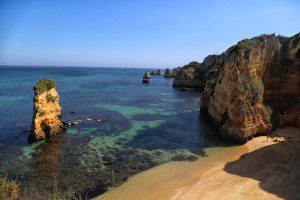
5 Stunning Coastal Spots You Can’t Miss in the Algarve
Whether you have a full week or just a weekend in the Algarve, you’ll still have time to take in some of its most beautiful beaches. We only had about

Whether you have a full week or just a weekend in the Algarve, you’ll still have time to take in some of its most beautiful beaches. We only had about
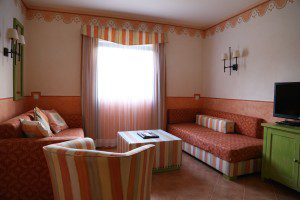
We recently explored the Algarve in Portugal for a weekend and decided to base our stay in Albufeira. It was right in the middle of the different districts in the
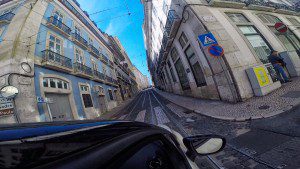
Every once in a while, we find ourselves in a sticky situation. A situation where we’re not sure how we got there and would really like to get out. Driving

Portugal is a great country to visit for foodies, especially if you are into a variety of different seafood dishes. Here are 8 foods and drinks that you must try
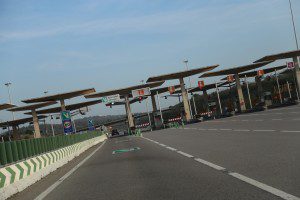
The toll system in Portugal is still a little confusing to me even after going through it this past spring in 2015. I heard from numerous sources that there were
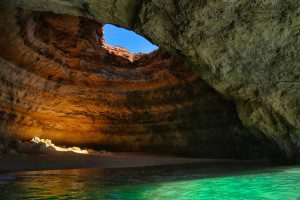
Benagil Sea Cave in the Algarve is a true natural wonder. It’s a sea cave with a natural occurring oculus that towers over its own secluded beach. At the right

While planning for our upcoming trip I constantly read reviews about how touristy the Aglarve was and how we wouldn’t be able to find authentic Portuguese cuisine. However, after eating at
| Cookie | Duration | Description |
|---|---|---|
| cookielawinfo-checkbox-analytics | 11 months | This cookie is set by GDPR Cookie Consent plugin. The cookie is used to store the user consent for the cookies in the category "Analytics". |
| cookielawinfo-checkbox-functional | 11 months | The cookie is set by GDPR cookie consent to record the user consent for the cookies in the category "Functional". |
| cookielawinfo-checkbox-necessary | 11 months | This cookie is set by GDPR Cookie Consent plugin. The cookies is used to store the user consent for the cookies in the category "Necessary". |
| cookielawinfo-checkbox-others | 11 months | This cookie is set by GDPR Cookie Consent plugin. The cookie is used to store the user consent for the cookies in the category "Other. |
| cookielawinfo-checkbox-performance | 11 months | This cookie is set by GDPR Cookie Consent plugin. The cookie is used to store the user consent for the cookies in the category "Performance". |
| viewed_cookie_policy | 11 months | The cookie is set by the GDPR Cookie Consent plugin and is used to store whether or not user has consented to the use of cookies. It does not store any personal data. |
